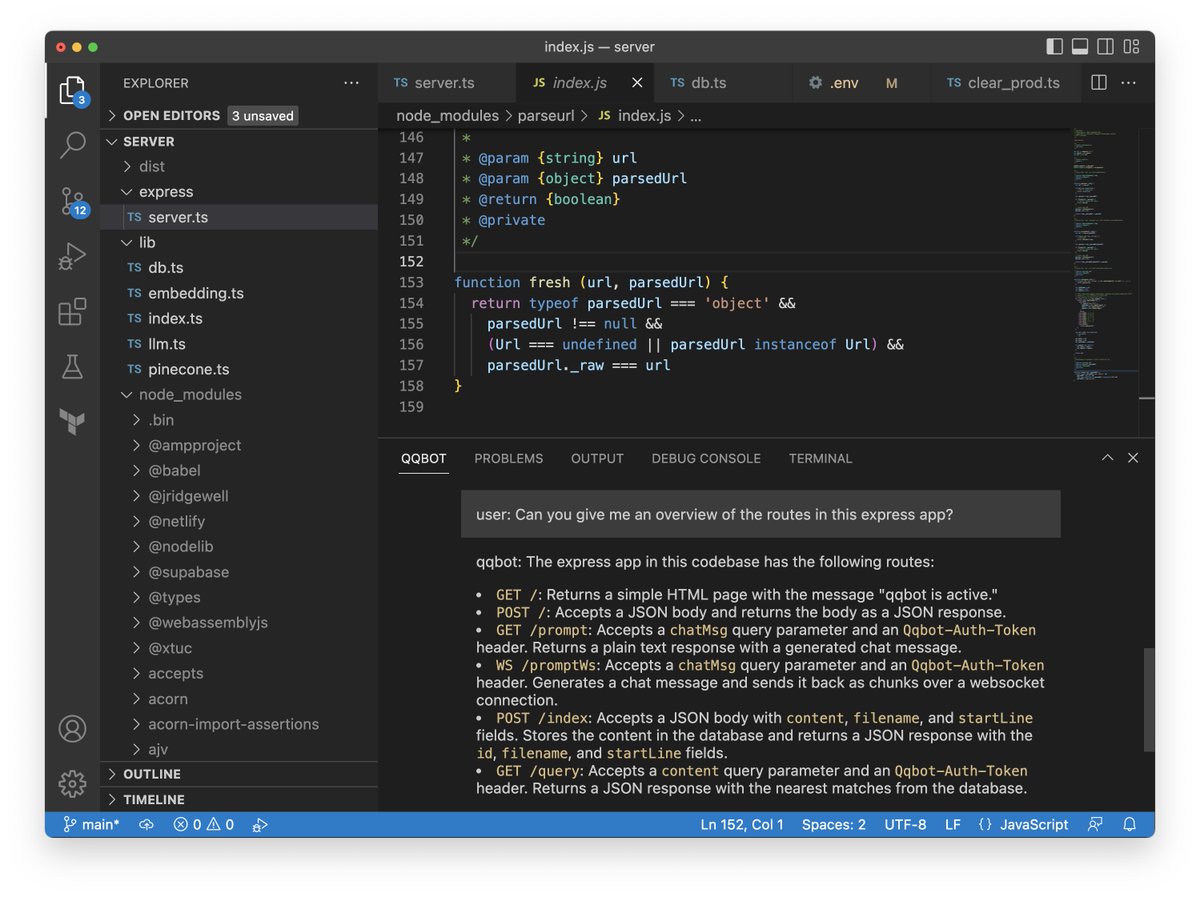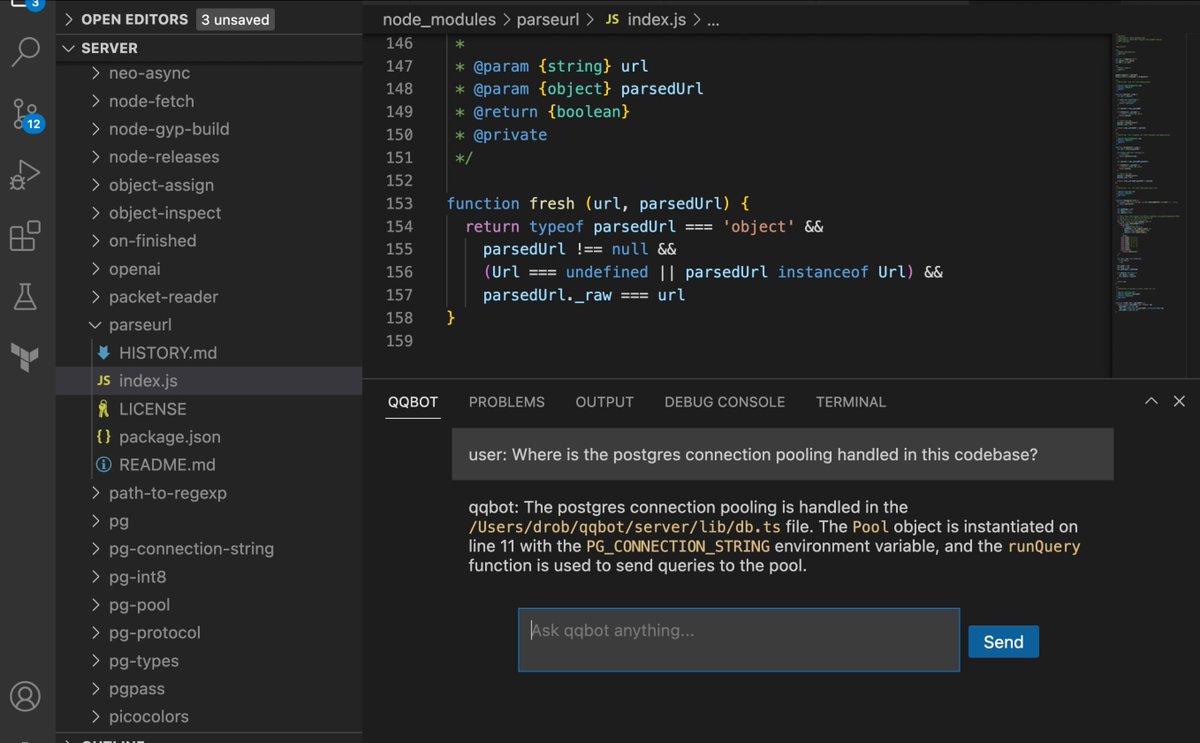RETRO models are a giant capability unlock for LLM tech, and they're shockingly under the radar.
The first ones should come out this year. They might be even more significant than GPT-4.
The first ones should come out this year. They might be even more significant than GPT-4.
You can't "teach" current LLMs, the way you'd teach an employee. If they do something bad, there isn't a good way to say "don't do that."
You can include a reminder in every prompt, but that eats up precious context space.
You can fine-tune, but you need hundreds of examples.
You can include a reminder in every prompt, but that eats up precious context space.
You can fine-tune, but you need hundreds of examples.
That's where RETRO comes in.
RETRO lets you store a gigantic database of facts and pull them into a prompt based on their contextual relevance.
You can update your fact set without retraining your model.
deepmind.com/publications/i…
RETRO lets you store a gigantic database of facts and pull them into a prompt based on their contextual relevance.
You can update your fact set without retraining your model.
deepmind.com/publications/i…
That's a huge capability for any "agent" use cases. You can train your agent the way you'd train an employee!
E.g.:
- "When a customer brings up X, remember to mention Y"
- "Remember I think Z, when advocating on my behalf"
- "Don't ever say W"
E.g.:
- "When a customer brings up X, remember to mention Y"
- "Remember I think Z, when advocating on my behalf"
- "Don't ever say W"
This might be the most important lever for a lot of practical applications.
Once GPT-4 era models come out, LLMs are going to be damn good at answering whatever is in a prompt.
Applications will then be constrained by how complete they can make those prompts...
Once GPT-4 era models come out, LLMs are going to be damn good at answering whatever is in a prompt.
Applications will then be constrained by how complete they can make those prompts...
• • •
Missing some Tweet in this thread? You can try to
force a refresh







